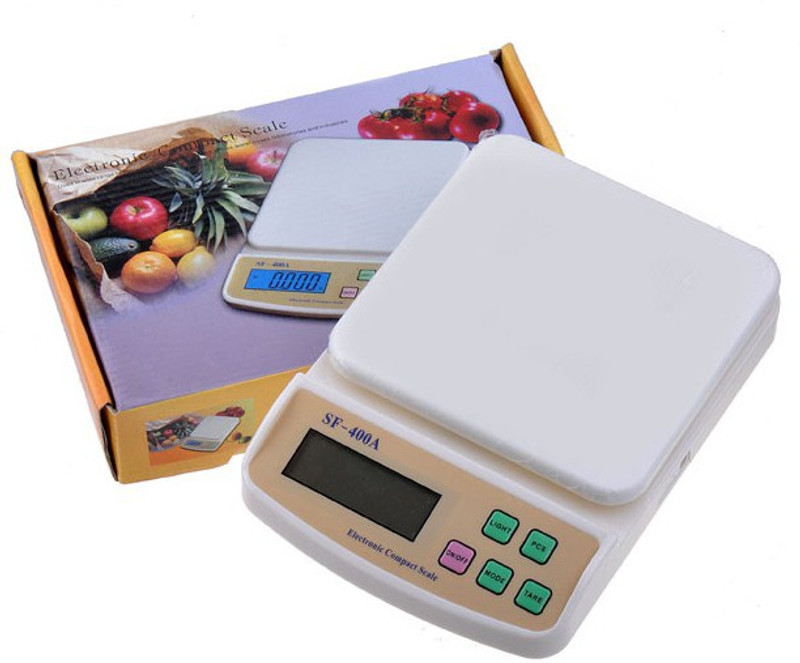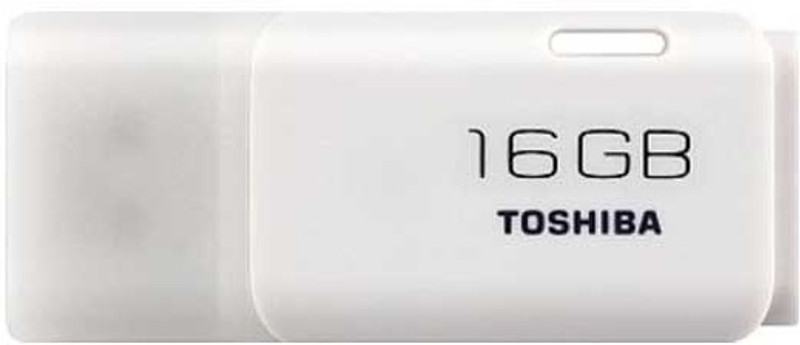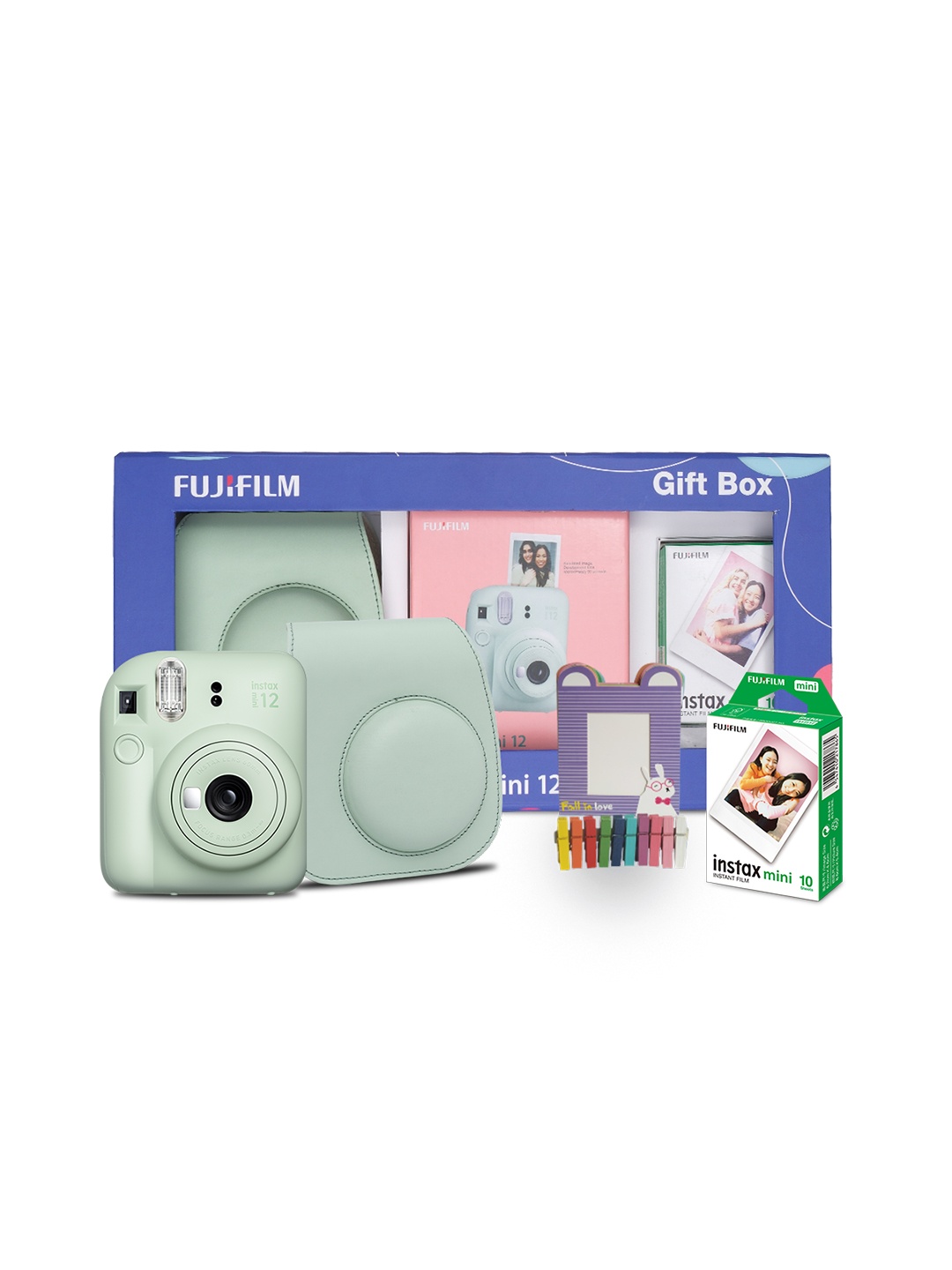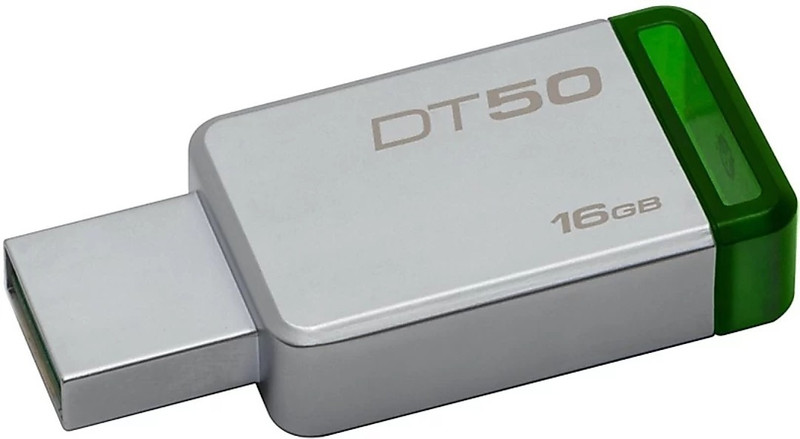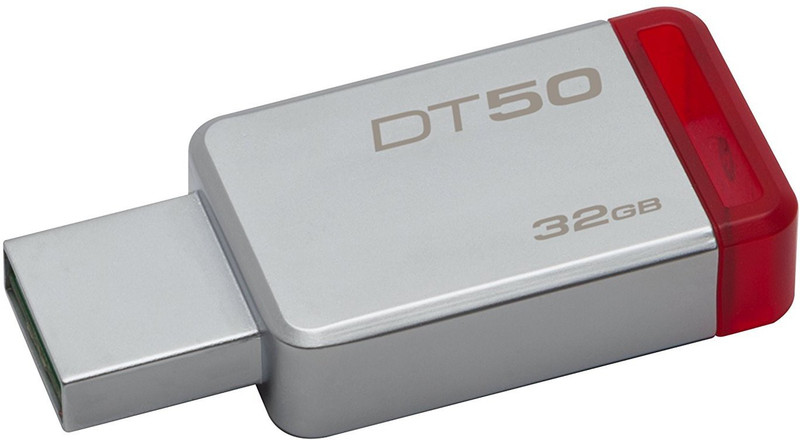Debunking Myths About Air Purifiers: The Role Of Air Purifiers In Combating Allergies And Asthma

Picture this: It's a crisp, clear morning, the kind that tempts you to open your windows and let the fresh air fill the room. Yet, as soon as you take that deep breath, you feel it – the telltale signs of an allergy flare-up. The sneezing, the itchy eyes, the endless sniffling. It's a familiar feeling for anyone with allergies or asthma. In these moments, an air purifier might just sound like the answer to all your issues. But do these machines live up to the hype?
There's no shortage of myths surrounding air purifiers, and it's easy to see why. From the latest ‘smart' air purifier with all the bells and whistles to simpler, budget-friendly options, it's hard to know what actually works. This article aims to clarify the role air purifiers play in combating allergies and asthma, debunking common myths and setting the record straight.
1. Myth: Air Purifiers Will Solve All Allergy And Asthma Problems
It's tempting to think that a single device can rid your home of every allergen or asthma trigger, but the reality is more nuanced. Air purifiers can certainly help reduce airborne pollutants such as pollen, dust, and pet dander, but they aren't a cure-all. They work best when used in conjunction with other strategies, like proper cleaning habits and avoiding known triggers.
For example, regular vacuuming and washing bedding will complement the air purifier's function. It's also essential to keep windows closed during high pollen seasons and ensure ventilation is optimised in rooms without the device. Essentially, air purifiers are part of a broader allergy management strategy, not a standalone solution.
2. Myth: All Air Purifiers Are The Same
Not all air purifiers are created equal. Different models use various filtration technologies that cater to specific needs. Some rely on HEPA (High-Efficiency Particulate Air) filters, which are excellent at trapping small particles like dust, pollen, and pet dander. Others feature activated carbon filters, which absorb odours and chemicals from the air.
When selecting an air purifier, it's crucial to choose one that aligns with your specific needs. For those with asthma, for instance, a purifier with a HEPA filter will be more beneficial. For someone sensitive to household odours, a model with an activated carbon filter might be a better choice. Be sure to research before investing in one.
3. Myth: Air Purifiers Only Work In Large Spaces
You may think that if your home or office is large, an air purifier won't be effective. However, this isn't the case. The size of the room does matter, but there are air purifiers designed to handle larger spaces. The key is to ensure the device you choose matches the square footage of your room.
Many air purifiers come with a ‘room size' specification that helps guide you. If you have a large living area or open-plan space, look for a model that can purify air in larger areas. And while a purifier won't work miracles in an entire house, placing one in the bedroom or a frequently used space can significantly improve air quality.
4. Myth: Air Purifiers Are Noisy And Disruptive
Gone are the days when air purifiers sounded like a jet engine taking off. Modern air purifiers are designed to operate quietly, ensuring that they won't disrupt your peace. With noise levels comparable to a gentle hum or a soft fan, many models can be used overnight without disturbing your sleep.
In fact, the quieter operation of air purifiers makes them ideal for bedrooms and nurseries, where a peaceful environment is crucial. If noise is a concern, check the specifications of the air purifier before buying – most reputable brands will list decibel levels, so you can find one that suits your needs.
5. Myth: Air Purifiers Only Filter Dust And Pollen
While dust and pollen are the most common allergens, air purifiers are designed to filter out a much wider range of particles. In addition to allergens, high-quality purifiers can remove pet dander, smoke particles, and even volatile organic compounds (VOCs), which are harmful chemicals often found in household products like paints, cleaners, and furniture.
This makes air purifiers an invaluable asset for people with asthma, who may be sensitive to not only airborne dust but also indoor pollutants. The right purifier can create a cleaner, safer environment for breathing, free from the most common irritants.
6. Myth: You Only Need An Air Purifier If You Have Severe Allergies Or Asthma
Even if you don't suffer from asthma or severe allergies, air purifiers can still improve your overall health. Modern life often means exposure to a range of pollutants, from car exhaust to synthetic chemicals in cleaning products. An air purifier can help reduce your exposure to these invisible dangers, even if you're not yet showing symptoms.
For example, if you live in a city with high pollution or in an area with frequent wildfire smoke, an air purifier can help filter out harmful particles that might be affecting your respiratory health. In other words, an air purifier isn't just for those with diagnosed conditions- it can be a preventive measure for anyone seeking better air quality.
7. Myth: Air Purifiers Are Too Expensive To Maintain
While it's true that there's an upfront cost to buying an air purifier, maintenance isn't as expensive as many people assume. The main expense comes from replacing filters, but this is typically only required every 6-12 months, depending on the purifier and the environment in which it's used.
To keep costs down, look for air purifiers with washable pre-filters, which can help prolong the life of your HEPA or activated carbon filters. Regular cleaning and maintenance can also extend the life of the device, making it a relatively low-cost addition to your home over time. When you compare the benefits of cleaner air—especially for those with allergies or asthma—the investment is well worth it.
Product Related To This Article
1. PHILIPS AC0920/60 Portable Room Air Purifier
2. EUREKA FORBES AP 150 3-Stage HEPA And Surround 360° Air Technology Portable Room Air Purifier
3. KENT Aura Portable Room Air Purifier
4. AGARO caspian Humidifier 1.7 L Room Air Purifier
5. Dr Trust USA Zurich HEPA Filter UV 4 Stage Filtration Air Quality Indicator Portable Room Portable Room Air Purifier
6. EUREKA FORBES Smart Air Purifier 355 Portable Room Air Purifier
7. Honeywell Air Touch V5 4 Stage filtration, Covers 589 sq.ft, H13 HEPA Filter
Air purifiers are powerful tools for improving indoor air quality, especially for those battling allergies or asthma. However, like any product, they're not without their myths and misconceptions. By debunking these common myths, it's clear that air purifiers can be an effective ally in managing respiratory health, creating cleaner and fresher living environments, and supporting overall well-being.
When choosing an air purifier, it's essential to consider your specific needs and space requirements. With the right model, a little maintenance, and a realistic approach, you can enjoy the benefits of cleaner air and reduced allergy symptoms, making your home a safer place to breathe.
Disclaimer: The images used in this article are for illustration purposes only. They may not be an exact representation of the products, categories, and brands listed in this article.















